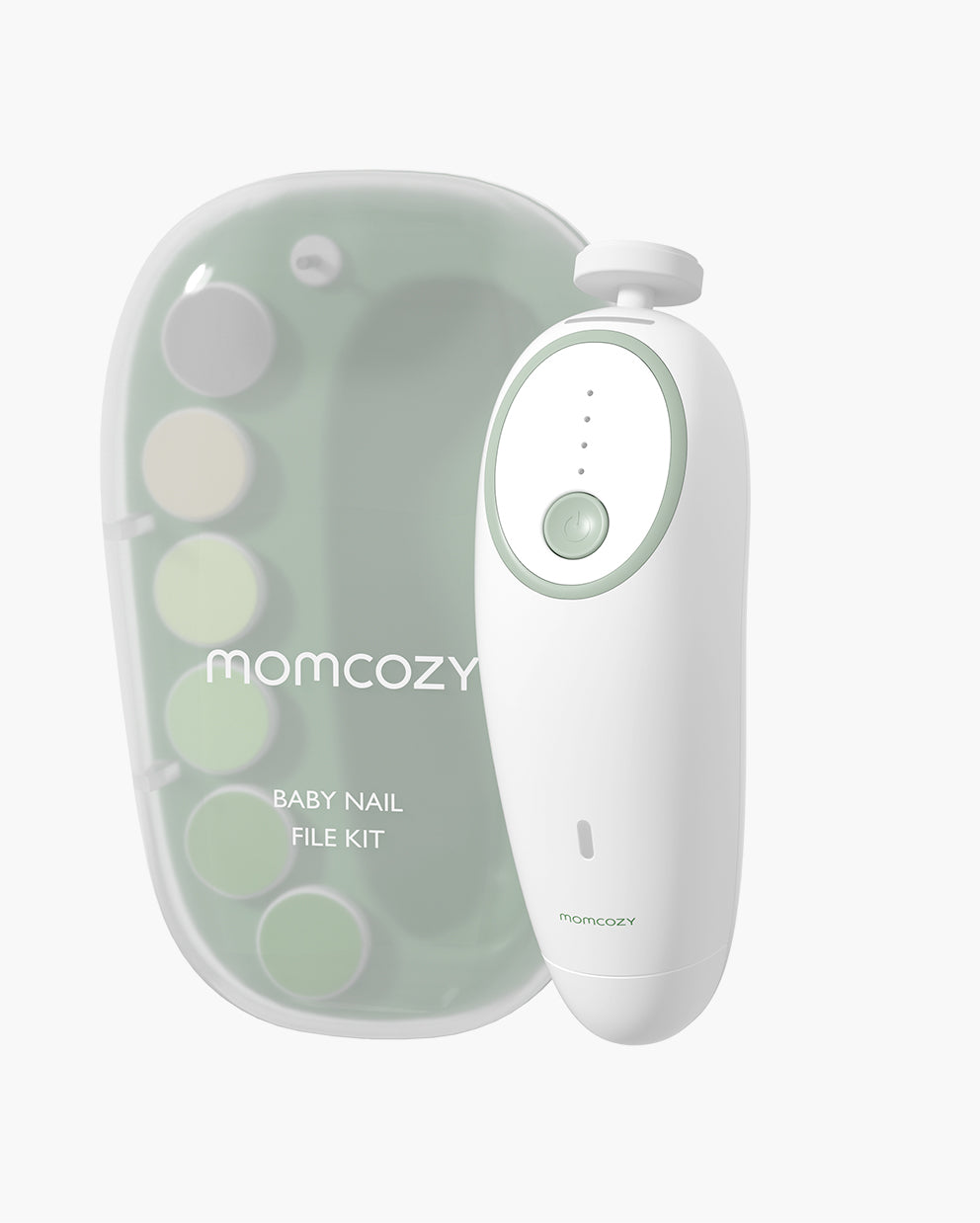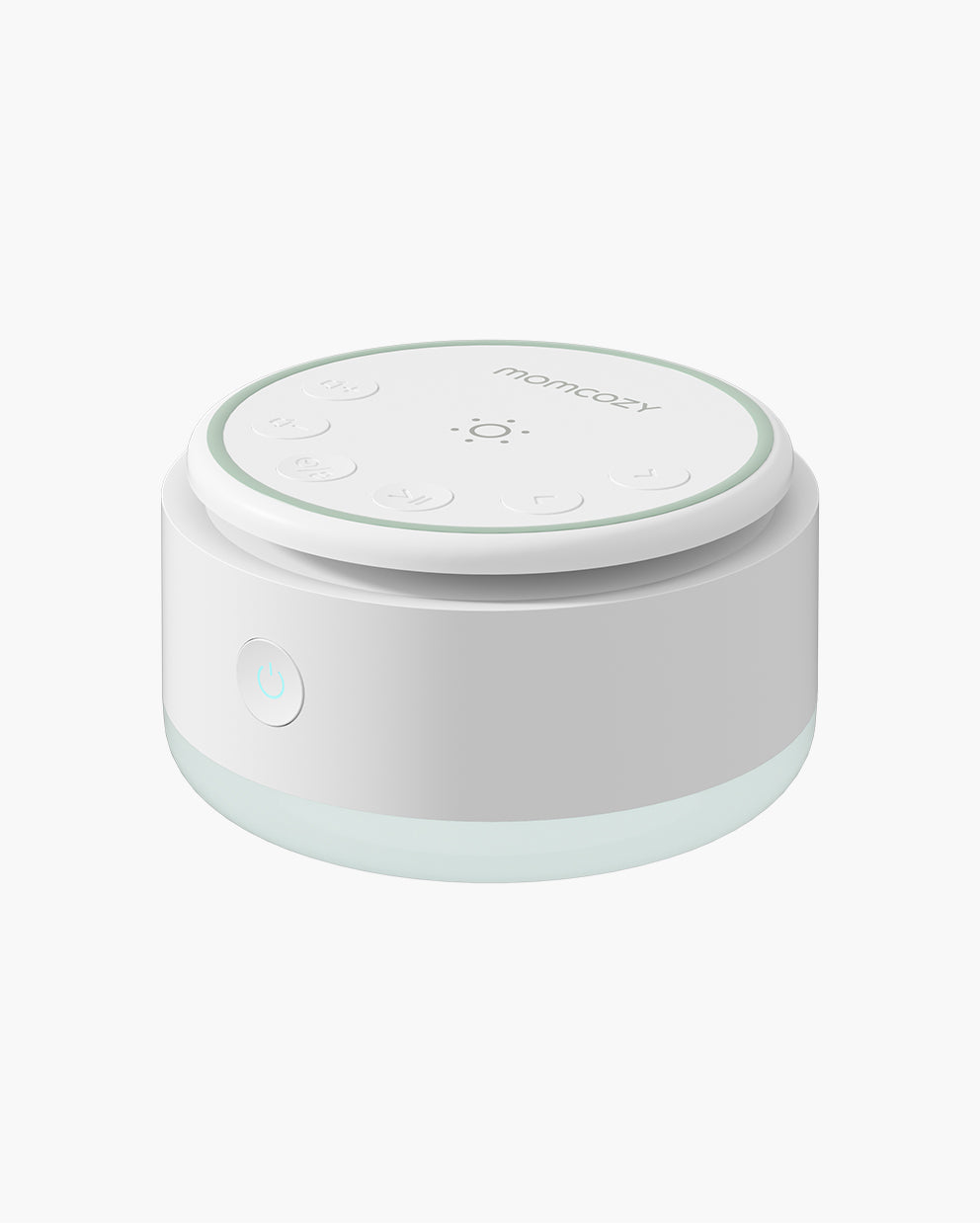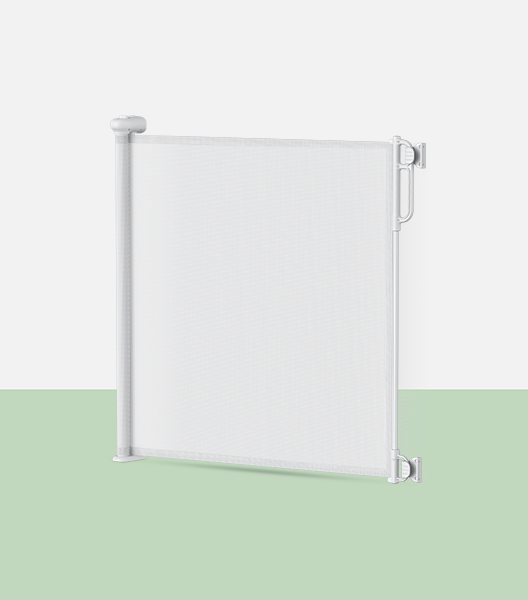Imagine being able to put your baby to sleep like a pro, in under 60 seconds flat! No more sleepless nights or endless lullabies, just a simple method to help your little one drift off to dreamland faster than you can say "goodnight."
In this article, we'll reveal the secret sauce to achieving this super-parent feat, while ensuring your baby stays happy, healthy, and well-rested.
So grab your favorite cup of tea, and let's dive into the world of lightning-fast bedtime routines that'll transform your nights – and your life!

Methods That Will Help Put Your Baby to Sleep Quickly
Ready to become a bedtime wizard?
We've rounded up some tried-and-true methods to help your baby doze off in no time, but always remember – every little dreamer is unique! While one technique might have your child snoozing in seconds, another may need some tweaking to work its magic.
Make Your Baby Comfy
Creating a cozy and comfortable environment is key to ensuring your baby drifts off to sleep with ease. Consider these important factors for the perfect slumber setup:
- Temperature: Maintain a room temperature between 68-72°F(20-22°C) for optimal comfort.
- Dark room: Dim the lights to create a calm atmosphere that signals bedtime.
- Nightlight: Use a soft, warm nightlight to provide gentle illumination without disrupting sleep.
- Soft bedding:Choose breathable, soft fabrics for your baby's bedding, ensuring their sleep surface is safe and snug.
- Comfortable clothing:Dress your baby in comfy, season-appropriate sleepwear, avoiding anything that might cause overheating or irritation.
Swaddle Your Baby
Swaddling your baby is like a warm, comforting hug that helps them feel secure and protected, just like they were in the womb. This snuggly technique works wonders for promoting sleep by reducing the startle reflex, which can often wake infants up.
Plus, a swaddled baby is less likely to accidentally scratch themselves or squirm too much, allowing them to settle more easily.
To ensure your baby's safety, always lay them on their back to sleep and monitor them so they don't turn onto their stomach. So, go ahead and embrace the art of swaddling – it's a cozy little shortcut to a peaceful night's sleep for both you and your baby!
The Tissue Trick
Sometimes, the simplest solutions are the most effective, and that's definitely the case with the tissue trick. Parents worldwide have discovered that gently sweeping a tissue over their baby's face can work wonders in helping them fall asleep quickly. This unexpected yet successful method is as easy as it gets and works like a charm for many little ones.
By repeatedly and softly dragging a dry tissue over your baby's face, their eyes will gradually close, leading them to drift off into a peaceful slumber.
While it doesn't work for every baby, it's a quick and easy technique to try to help your little one nod off.

Carrying Them While Walking
Incessant crying and disrupted sleep patterns can cause extreme frustration in parents, potentially resulting in impulsive maltreatment of infants.
Recent research found that carrying infants for brief periods of time can lessen crying and promote sleep, a phenomenon known as the "transport response." The soothing effects were seen when babies were held by their mothers or placed in a moving cot, but not if they remained motionless.
This study revealed that placing a sleeping infant in a crib often had varying effects, ranging from waking them up to helping them fall into a deeper sleep. The greatest potential for uninterrupted slumber was connected to the amount of time spent asleep before being laid down in the cot.
From these results, the researchers suggest a "5-min carrying, 5- to 8-min sitting" strategy as an effective solution for calming crying infants and helping them sleep better.
Play White Noise Sounds
White noise has been a well-kept secret for helping babies sleep, but its incredible benefits shouldn't be overlooked! With studies showing that white noise can help 80% of babies fall asleep in just five minutes, and a huge reduction in overall crying, it's time to discover the soothing power of this special sound.
The gentle hum of white noise helps activate a calming response in your baby, helping to soothe them to sleep - like flipping a switch!
This calming sound is reminiscent of the noises your little one heard in the womb, providing a familiar and comforting atmosphere. The best white noise is continuous, monotonous, and low-pitched, making it perfect for lulling babies to sleep.
Using a white noise machine can be especially helpful, as it saves you from having to make the "shushing" sound all night long.
Using white noise during your baby's sleepy time routine will signal to them that it's time to sleep. As your baby gets older, they'll associate the sound with bedtime, making it even easier to help them fall asleep.
It's essential, however, to use white noise only during naps and nighttime sleep – not all day – so your baby's ears and brain can become familiar with the everyday sounds of your home.
Incorporating white noise into your baby's sleep routine can be a game-changer, providing a soothing environment that helps them fall sleep, stay asleep, and make bedtime a more peaceful experience for everyone.

Play Lullabies
Lullabies have been used for centuries across different cultures and traditions to help soothe babies and lull them to sleep. These melodious tunes have stood the test of time, and their effectiveness in calming and comforting little ones is well-documented.
But what is it about lullabies that make them such a powerful tool for promoting sleep in babies?
- Familiarity and bonding:Lullabies often evoke a sense of familiarity and security for babies, as they associate these gentle tunes with the loving presence of their caregivers. Singing or playing lullabies can create a strong emotional bond between parents and their babies, which helps foster a sense of safety and well-being, essential for a good night's sleep.
- Rhythm and pacing:Lullabies are characterized by a slow, steady rhythm and a simple, repetitive melody. This predictable pattern can be very soothing for babies, as it mimics the sound of their mother's heartbeat, which they heard while in the womb. The slow tempo also helps to lower babies' heart rates and breathing, promoting relaxation and making it easier for them to drift off to sleep.
- Language development:Lullabies expose babies to the sounds, rhythms, and patterns of their native language. This early exposure can help with their language development and cognitive skills, as they begin to recognize and process these linguistic patterns.
- Stress reduction:The calming effect of lullabies can help reduce stress and anxiety in babies, which in turn can improve their sleep quality. Studies have shown that listening to soft, soothing music, such as lullabies, can lower cortisol levels (a stress hormone) and increase the production of oxytocin, a hormone associated with feelings of love and trust.
- Establishing a bedtime routine:Incorporating lullabies into your baby's bedtime routine can help signal to them that it's time to wind down and prepare for sleep. Over time, this association can make it easier for your baby to transition from wakefulness to sleep, leading to more restful nights for both baby and parents.
For any new parents out there, investing in a video baby monitor with a lullaby feature is an absolute must. This dynamic duo will give you the peace of mind that your infant is getting all their restful sleep quicker than ever before.
With this life-saver, bedtime won't feel like such a chore anymore—you'll be able to watch as they sweetly slumber away in their cozy little cocoon.
Steering Clear of Sleep-Time No-Nos for Your Baby
As you tuck your baby in for the night, remember to avoid these common missteps that can disrupt their slumber.
- Overstimulation: Avoid excessive noise, bright lights, or active play before bedtime.
- Late naps: Prevent late afternoon or evening naps, which can interfere with nighttime sleep.
- Heavy meals:Dodge feeding large or heavy meals too close to bedtime.
- Inconsistent routine:Refrain from frequently changing your baby's sleep schedule or routine.
- Overheating:Skip overdressing your baby or creating a too-warm sleep environment.
- Devices/screens: Steer clear of exposing your baby to screens (TV, phone, tablet) before bedtime.
References:
https://www.cell.com/current-biology/fulltext/S0960-9822(22)01363-X
https://www.ncbi.nlm.nih.gov/pmc/articles/PMC1792397/
https://pubmed.ncbi.nlm.nih.gov/28618052/
https://www.nature.com/articles/s41562-020-00963-z
https://journals.sagepub.com/doi/full/10.1177/2059204317745746#body-ref-bibr73-2059204317745746








Leave a comment
This site is protected by hCaptcha and the hCaptcha Privacy Policy and Terms of Service apply.